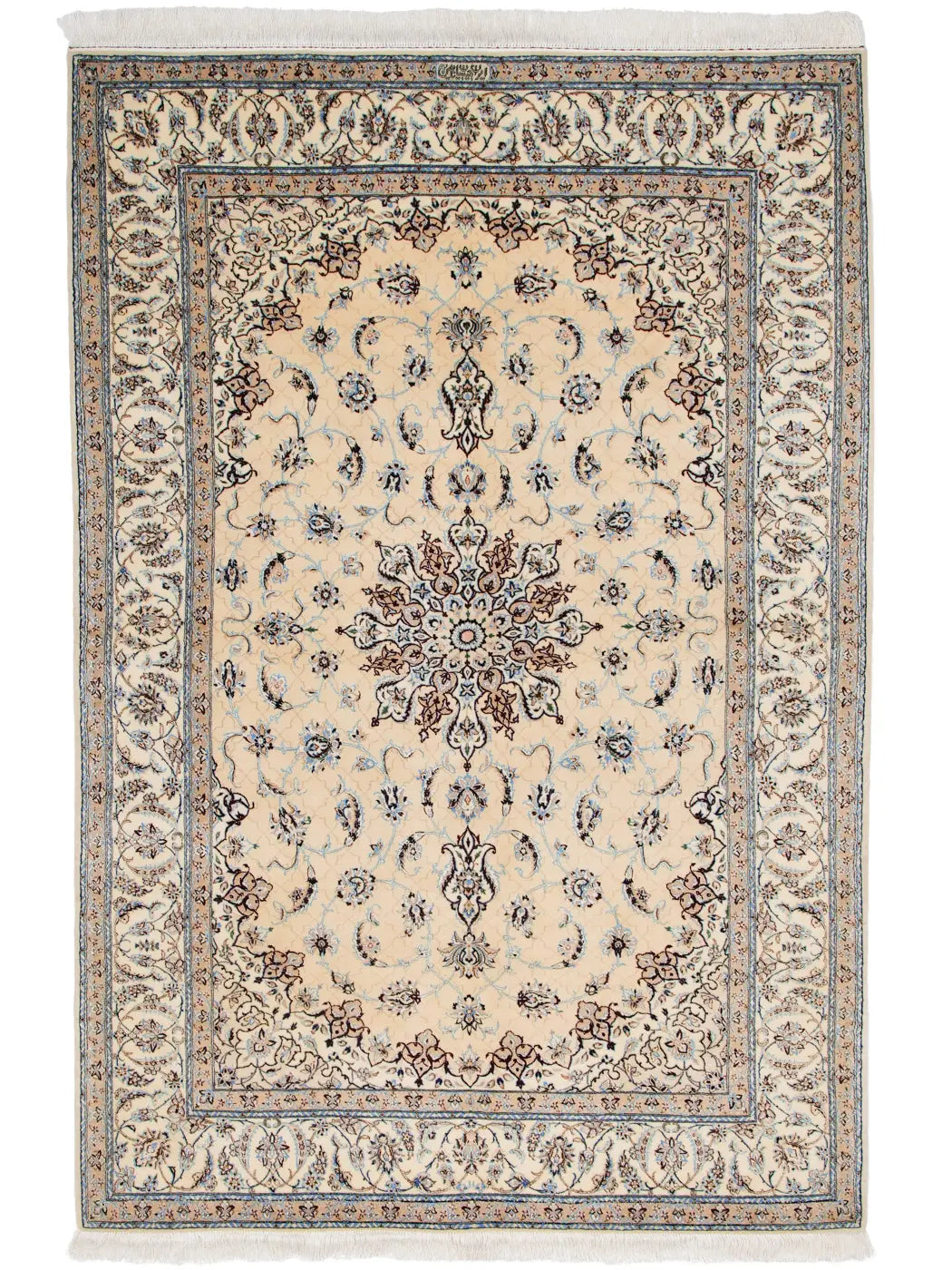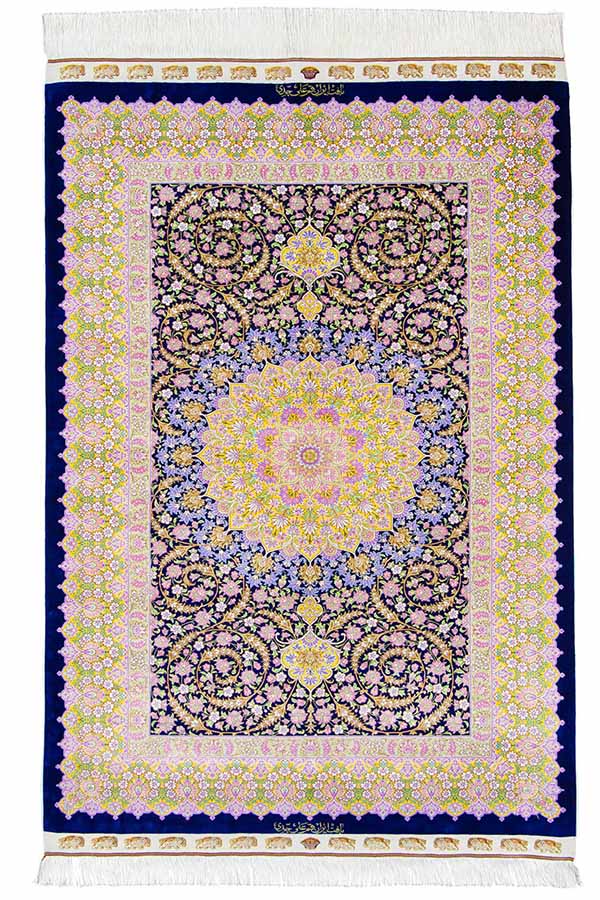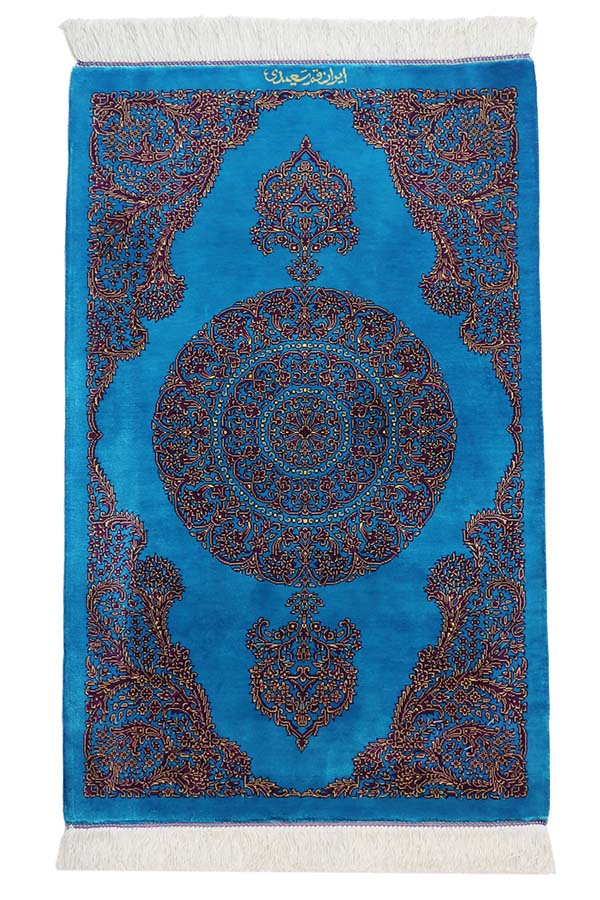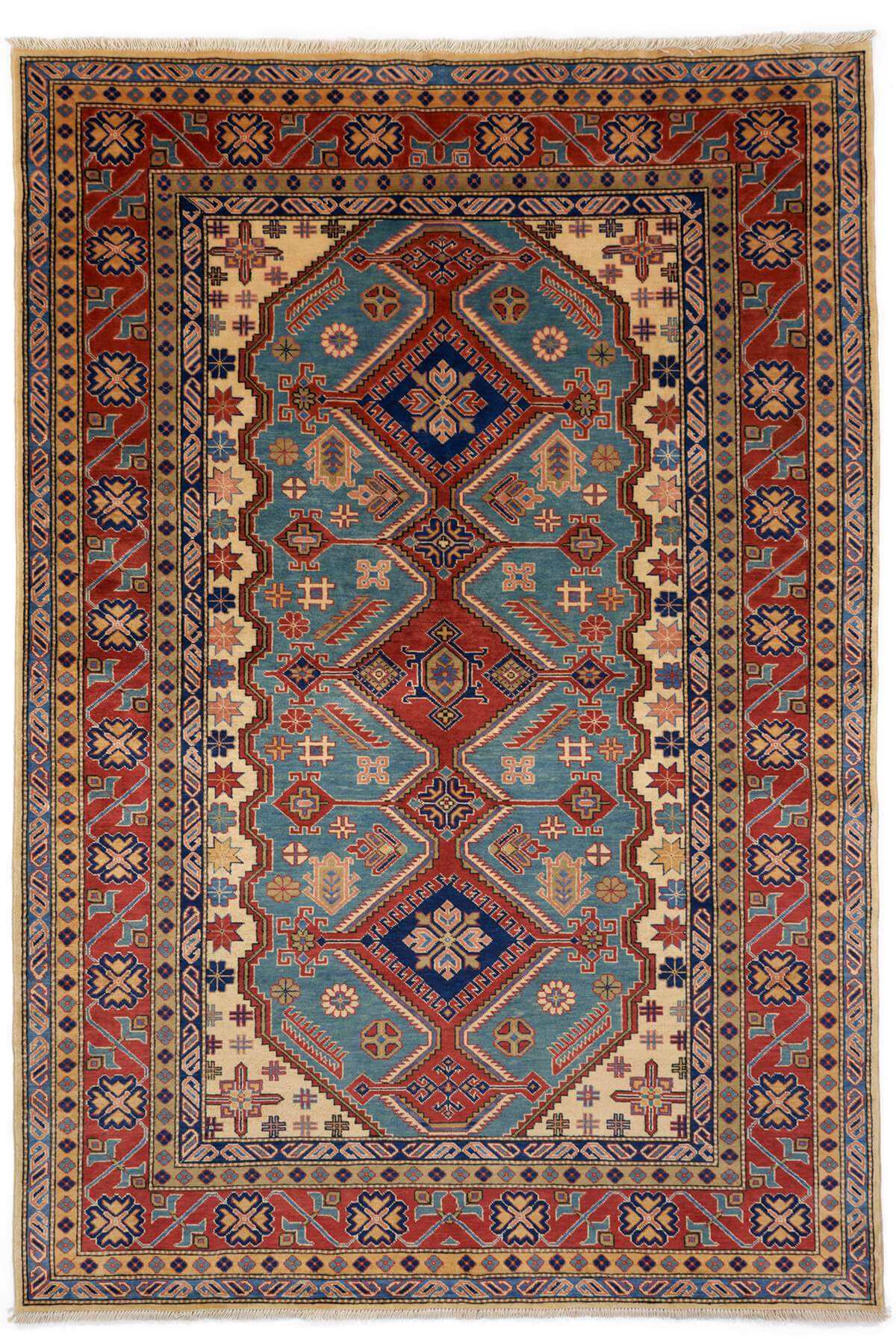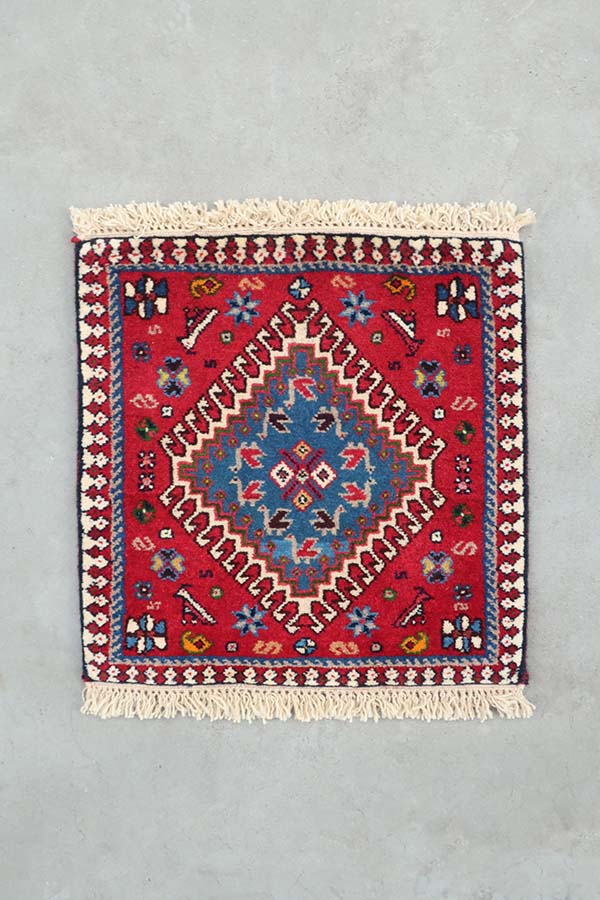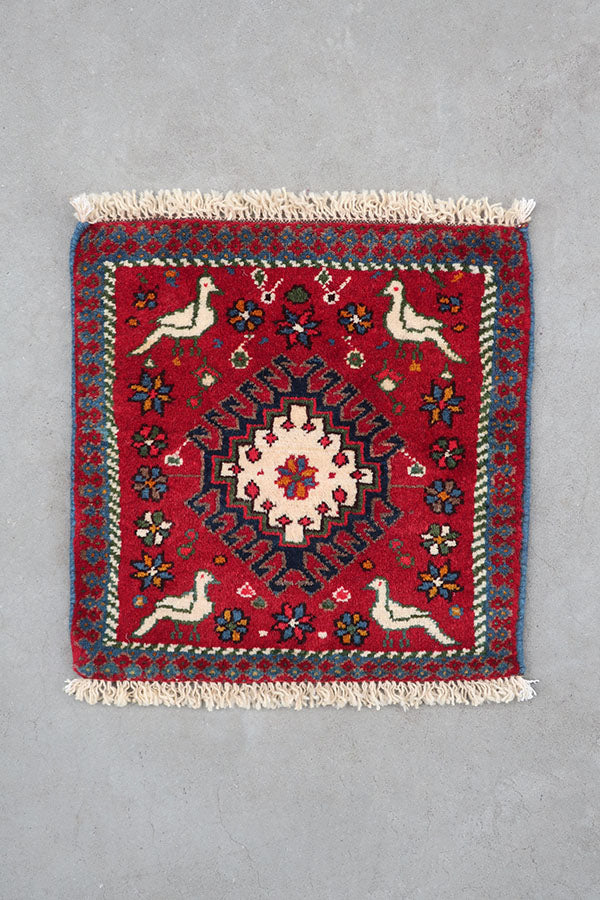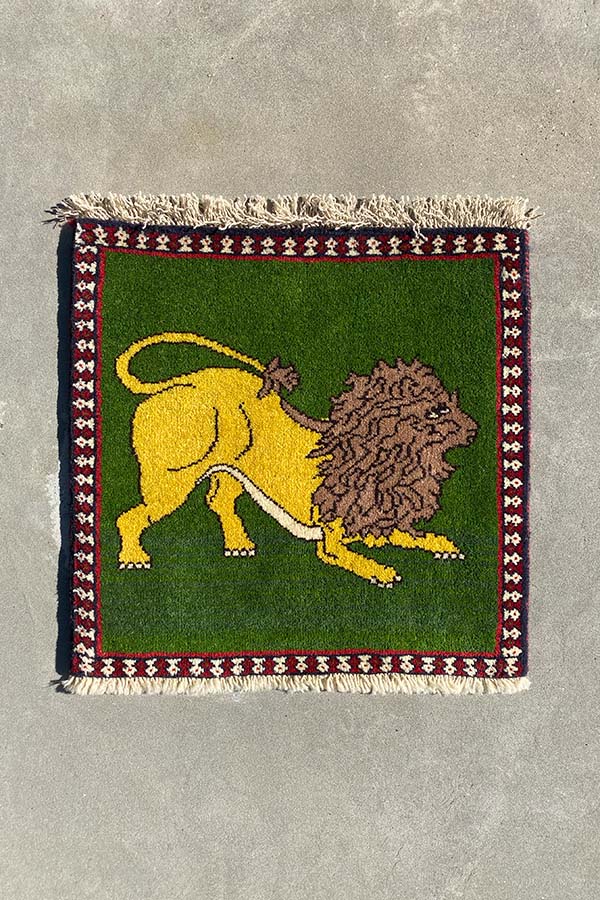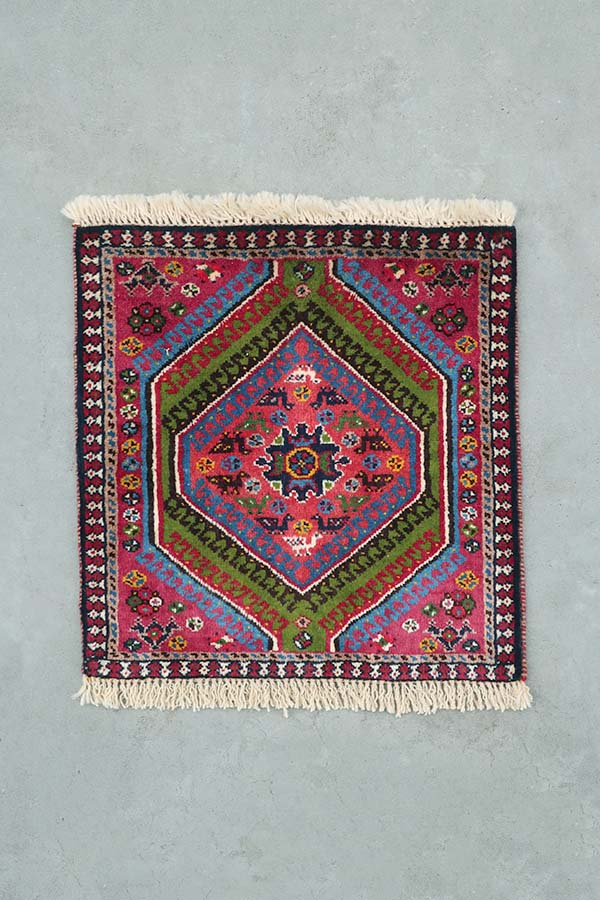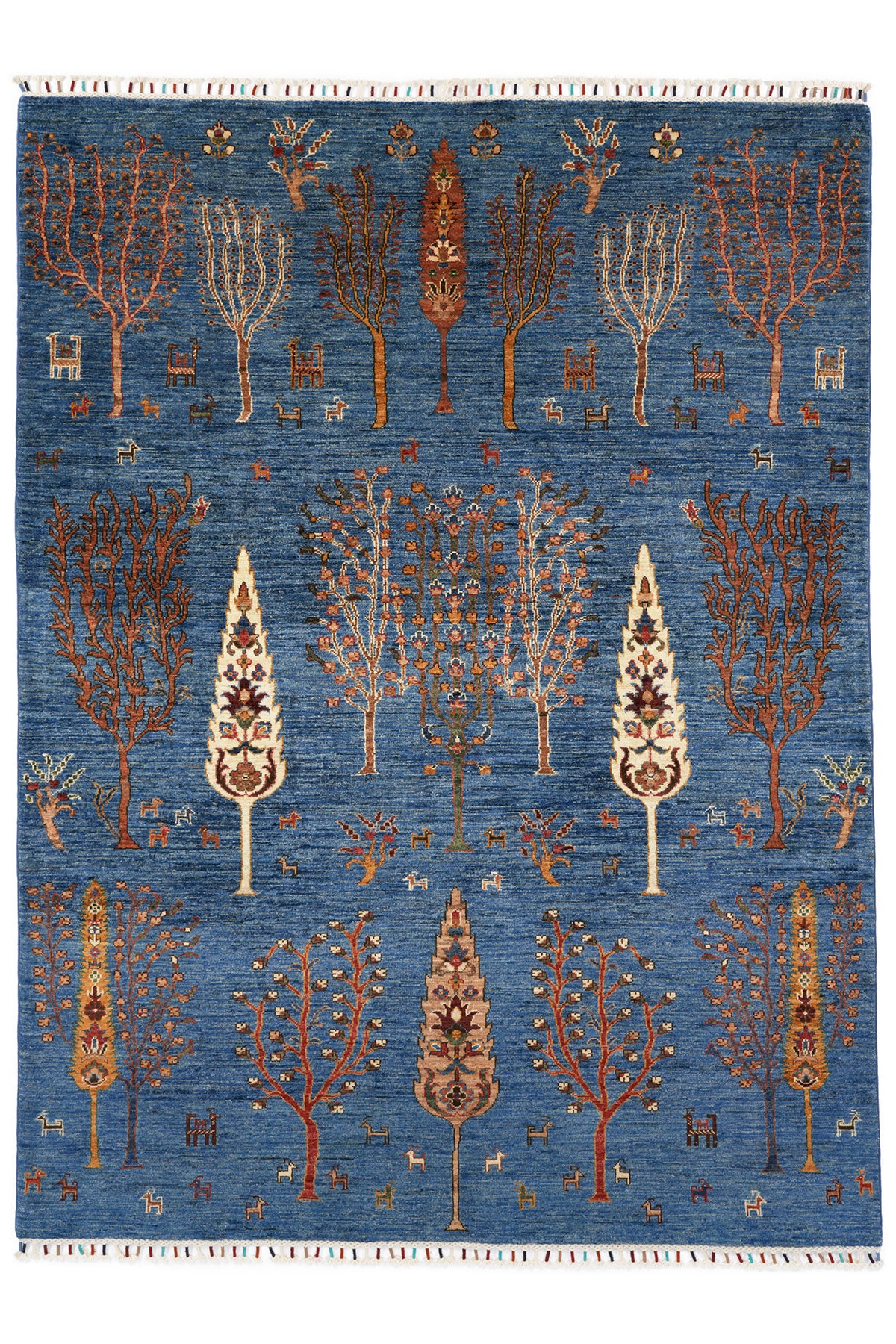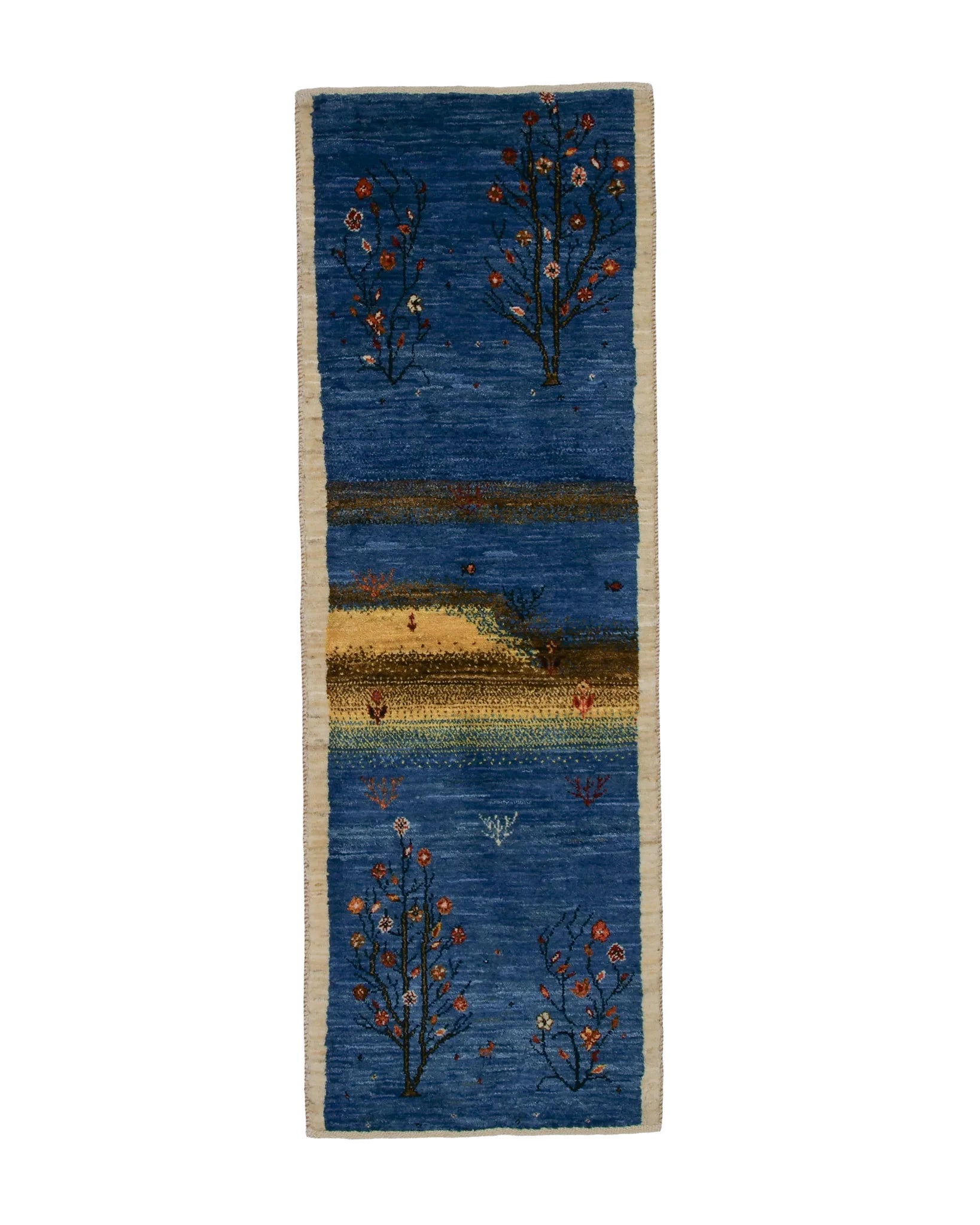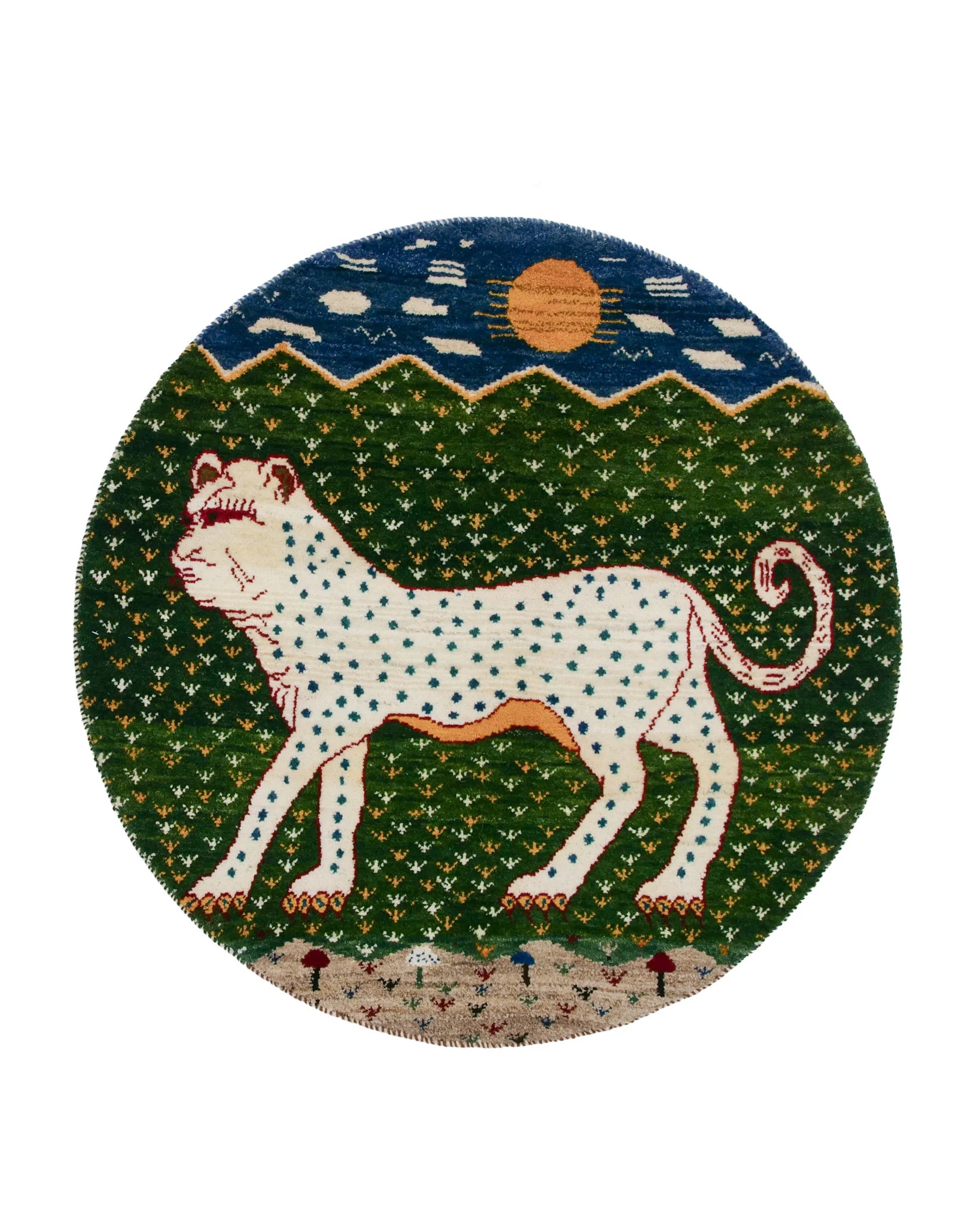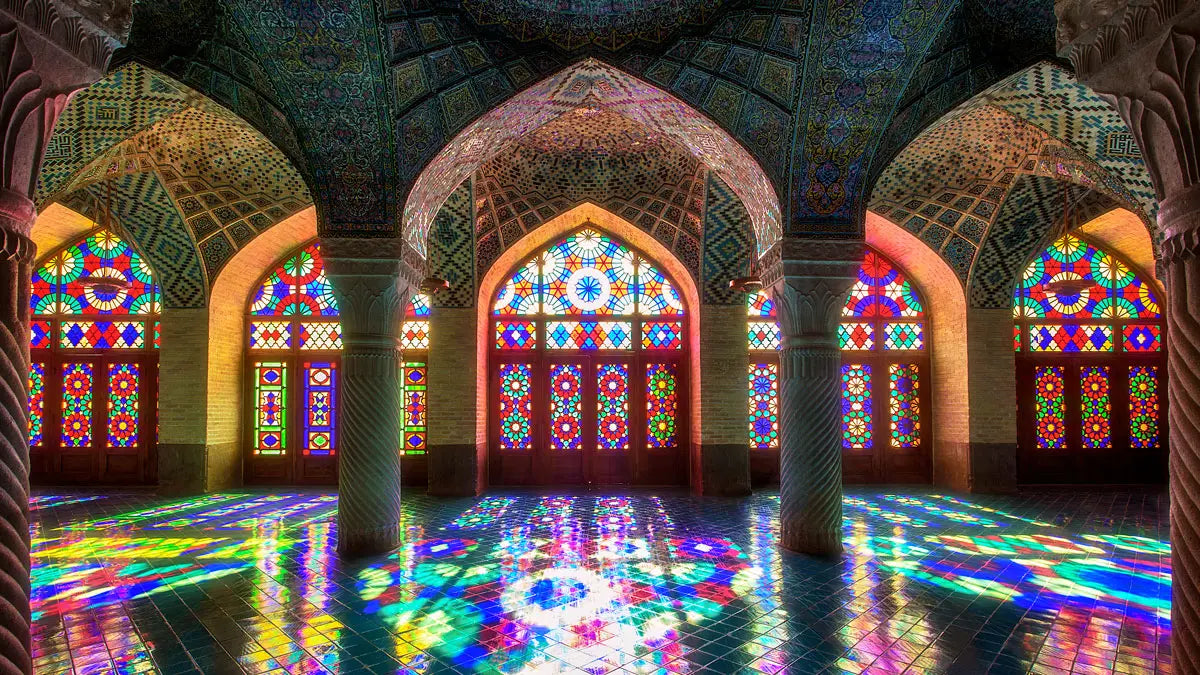
Shiraz
Type: Persian carpet
Location: South-central Iran (formerly Persia)
Knot Density: 80,000 - 160,000 knots per square meter
Speciality: Nomad carpets
Pile: Wool
Shiraz is the capital of Fars Province in southwestern Iran and is one of the major centers of Persian carpet production. It is especially known as a hub for tribal rugs woven by nomadic peoples such as the Qashqai and Luri tribes who live in the surrounding regions.
Fars Province is also the origin of the name “Persia,” the historical name for modern-day Iran.
Shiraz has long been celebrated as a city of literature and the arts. It is famously the birthplace of renowned poets like Hafez and Saadi. Located near Persepolis, the ancient capital of the Persian Empire, Shiraz flourished as a center of culture and trade, fostering a variety of traditional crafts.
The region is home to many nomadic groups such as the Qashqai and Luri, who have a long-standing tradition of weaving carpets as part of their self-sufficient lifestyle.
One of their most iconic crafts is the “Gabbeh” rug.
Producers and Regions
Most carpets labeled as Shiraz rugs are woven by nomads and villagers living in the surrounding areas.
The region stretches across the foothills of the Zagros Mountains, where many tribes still practice a migratory lifestyle known as transhumance. They traditionally wove rugs for personal use in their tents, focusing on practicality and durability.
Major tribal groups include:
- Qashqai (Qashkai)
- Luri
- The Khamseh Confederation (e.g., the Basseri tribe)
- Bakhtiari and Afshar (neighboring tribes)
- Yalameh
Knot Density
Tribal rugs typically have a lower knot density than city-made workshop carpets, generally ranging from about 90,000 to 180,000 knots per square meter.
This is a result of their functional design suited for nomadic life. The rugs are handwoven using thick wool yarns, tightly knotted to ensure strength and durability for daily use.
Although the knot density may be lower, it does not imply lower quality. On the contrary, the emphasis on practical structure results in exceptionally durable carpets that are ideal for everyday living.
Materials
The primary material used is high-quality local wool. Sheep raised in the Zagros Mountains produce wool rich in natural lanolin, giving the rugs a soft sheen and excellent resilience.
Traditionally, natural plant-based dyes have been used. For example, madder root is used for reds, indigo for blues, and pomegranate skins or turmeric for yellows. These dyes are extracted from locally available plants and give the wool a rich, mellow tone over time, along with a beautiful natural luster.
While the use of synthetic dyes has increased in recent years, traditional Shiraz rug makers still place a high value on natural dyeing methods.
Cultural Significance
Shiraz has been a cultural and artistic center since ancient times, nurturing generations of poets, artisans, and craftsmen. Its location along the southern route of the Silk Road made it a vital center of trade and cultural exchange.
In 2010, the "Traditional Skills of Carpet Weaving in Fars" was inscribed on UNESCO’s Representative List of the Intangible Cultural Heritage of Humanity.
This recognition highlights the centuries-old craftsmanship and aesthetic sensibilities of nomadic weavers, appreciated around the world.
Today, Shiraz carpets are cherished worldwide as “functional works of art” that beautifully combine artistry and utility.
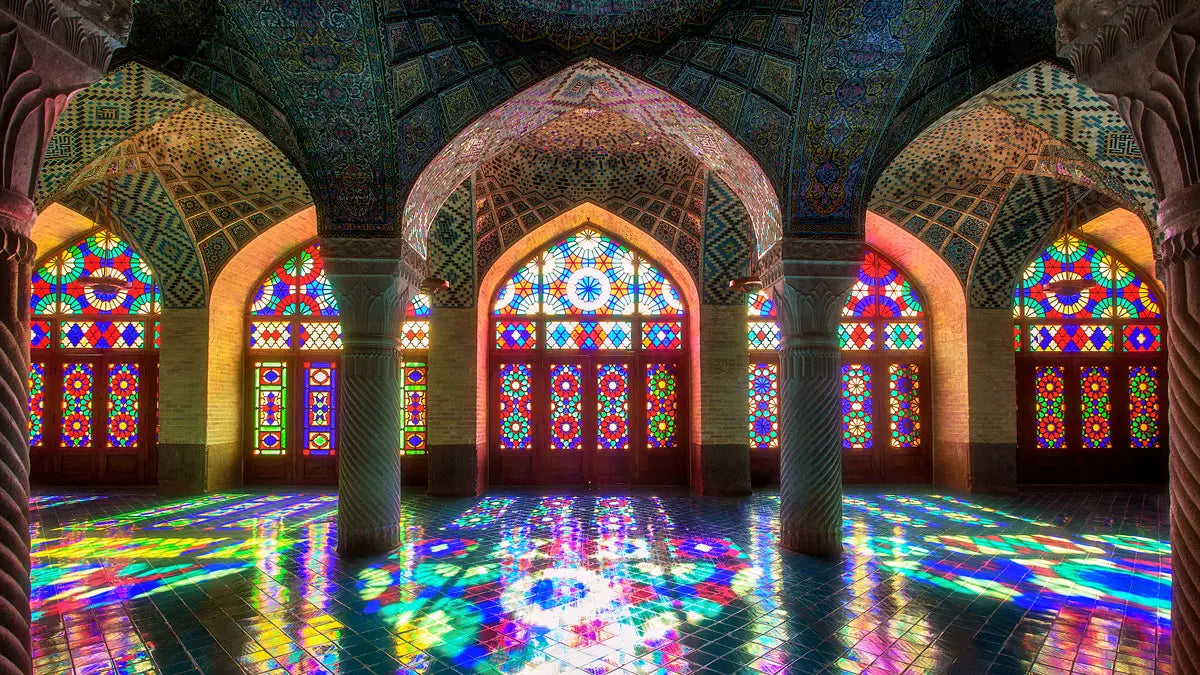
Nasir al-Mulk Mosque
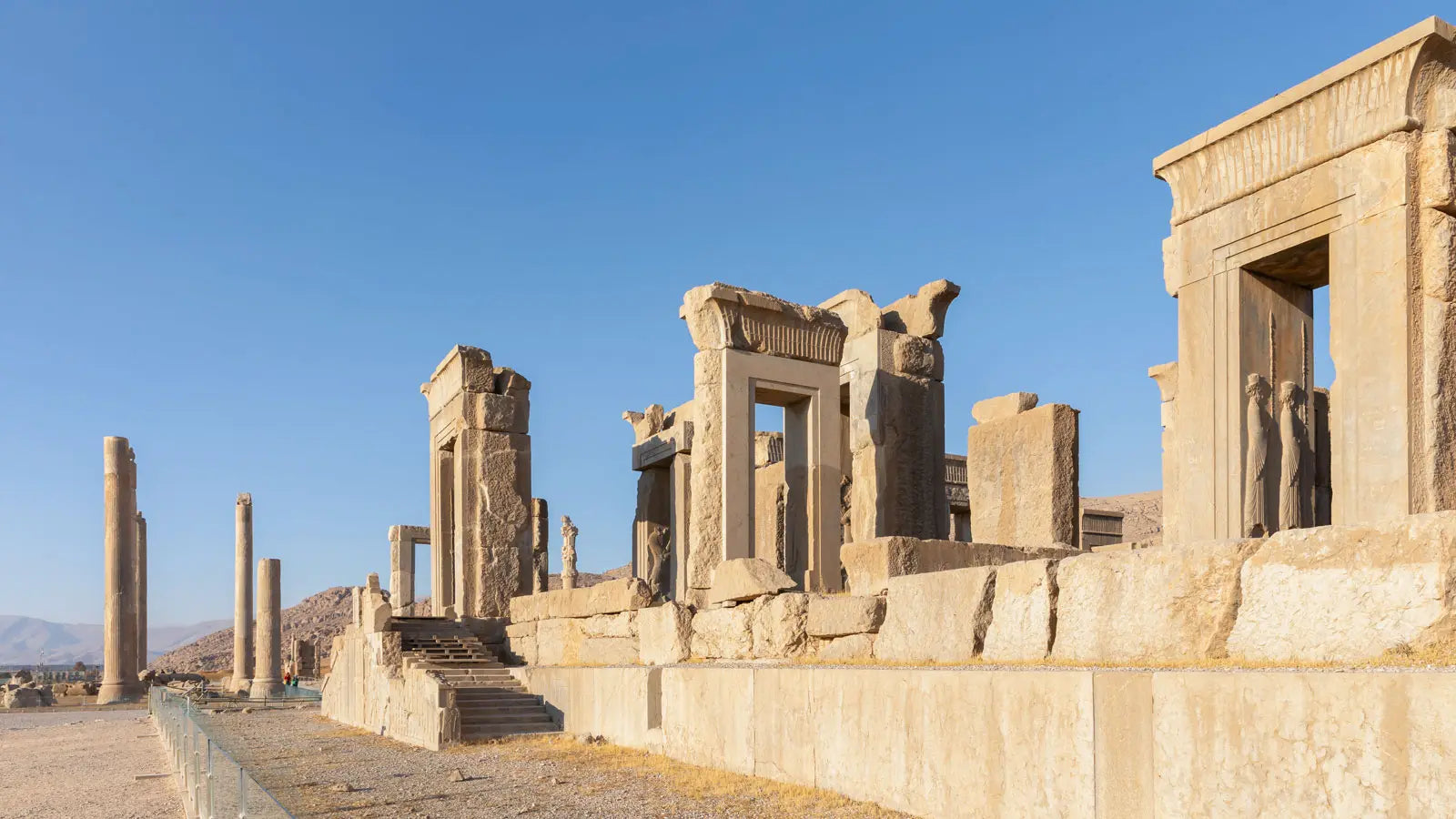
Ruins of Persepolis
Tribal Rugs
These simple yet powerful tribal carpets are woven in the area around Shiraz in southwestern Iran by nomadic tribes such as the Qashqai and Yarameh.
Gabbeh
A long pile wool carpet woven by the Qashqai people.
They are characterized by soft colors and simple patterns, and each piece has its own unique personality.
